Navigating Life in Japan: A Guide to Essential Procedures
Navigating Japan by Bike: A Guide to Rules and Safety
While Tokyo and Osaka boast efficient train and bus networks, exploring or commuting by bicycle adds another layer of freedom and flexibility and is a great way to get around.
Here's a basic guide to help you navigate Japan's streets safely and smoothly on two wheels.
Purchasing Your Ride:
For around 20,000 yen, you can find a reliable bicycle at a local bike shop or home center. During purchase, the shop will automatically register your bike for "crime prevention." This process helps authorities identify stolen bikes.
Additionally, consider registering your ownership through "security registration," costing around a few hundred yen. Valid for 10 years, this registration helps recover your stolen bike and protects you from accusations of theft during police checks. Remember, you'll need to update the name on the registration if you receive a bike from someone else.

Rules of the Road:
- Stay Left: Like cars, bikes must ride on the left side of the road. Riding on the right or sidewalk (except in special cases) is illegal.
- Share the Sidewalk: If you must ride on the sidewalk, remember pedestrians always have priority. Slow down and stay close to the road.
- Park Smart: Bikes can only be parked in designated areas or bike racks. Don't forget to lock your bike for added security.
- Light Up: Riding at night requires you to have a working light on your bike.
For Your Safety:
- Helmets Matter: While not mandatory, wearing a helmet is highly recommended for safety reasons.
- Consider Insurance: Purchasing bicycle insurance can provide peace of mind in case of accidents or theft.
- Safety First: Remember, the same traffic rules apply to bikes and cars. Avoid riding under the influence of alcohol, driving with an umbrella, or carrying a passenger on your bike. Avoid riding in parallel with another bike.
Navigating Japan's Public Transportation:A Guide for Visitors
Large cities like Tokyo and Osaka boast exceptional public transportation networks, making trains and buses the fastest and most economical way to get around. These systems are further enhanced by the widespread use of transportation electronic money like Suica and PASMO.
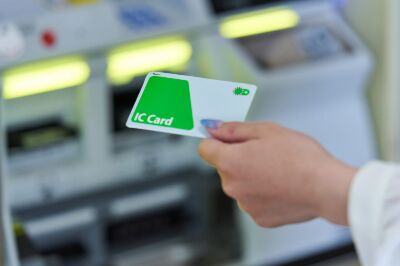
The Power of Electronic Money:
These cards streamline your travel experience, allowing you to pay for both trains and buses with a simple tap. While each region may have different names, they are often interchangeable, offering seamless travel throughout Japan. While purchasing tickets is still possible, electronic money is the preferred method for locals and savvy travelers.

Your Smartphone as a Ticket:
For added convenience, apps like Suica for iPhone allow you to manage your card directly on your smartphone.
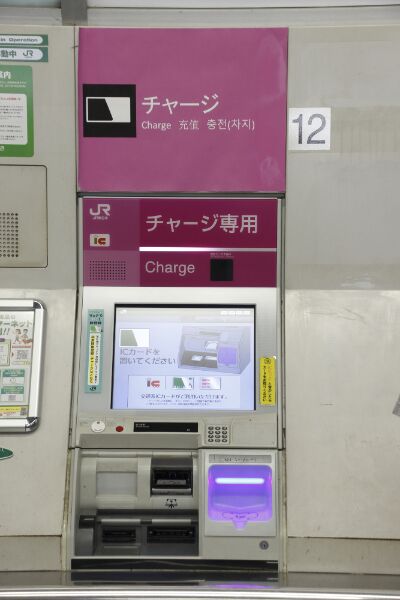
Acquiring Your Card:
Transportation electronic money cards can be purchased at train station ticket machines. A 500 yen deposit is required upon purchase, which will be refunded upon returning the card. Charge the card with your desired amount, ranging from a few hundred yen to a maximum of 20,000 yen. Remember, unused funds become invalid after 10 years.
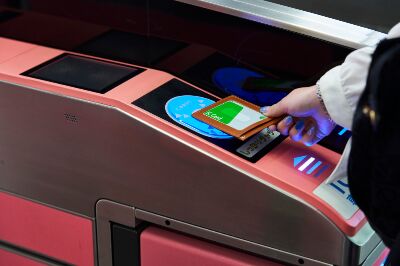
Riding Made Easy:
Simply tap your card at the ticket gate when entering and exiting to automatically deduct the fare. Not having enough funds can cause delays during rush hour, so be sure to top up your card beforehand.
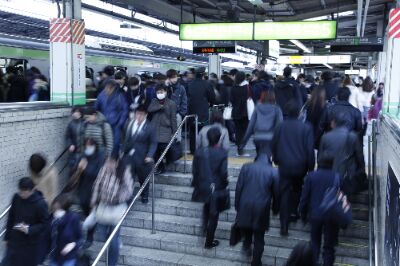
Navigating Rush Hour:
Trains can get incredibly crowded during rush hour, typically between 7:30 AM - 9:00 AM and 5:00 PM - 8:00 PM. If possible, plan your travels outside these times for a more comfortable journey.
Delay Management:
Don't be alarmed if trains experience delays due to accidents or inspections. Stations typically provide "delay certificates" near ticket gates or through staff members. These certificates verify the delay and can be submitted to schools or workplaces as proof. Online versions are also available for your convenience.
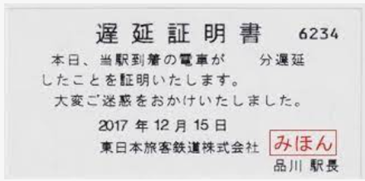
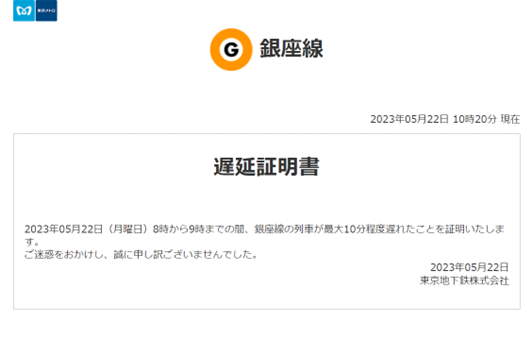
Regional Variations:
While Suica and PASMO dominate Tokyo, other regions have their own cards:
- Kansai: ICOCA (JR West), PiTaPa (private railways and buses)
- Tokai: TOICA (JR Tokai)
- Nagoya: manaka (private railways and buses)
- Hokkaido: Kitaka (JR Hokkaido)
- Kyushu: nimoca (private railway/bus), SUGOCA (JR Kyushu)
- Fukuoka: Hayakaken (Fukuoka City Subway)
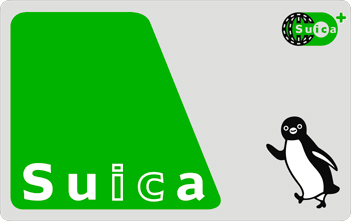

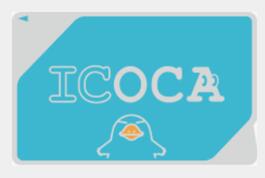
Useful Resources:
With this guide and your trusty electronic money card, navigating Japan's public transportation system will be a breeze!
Navigating Tokyo's Train Lines: A Guide for Visitors
Tokyo boasts an extensive and efficient railway network, a vital part of daily life. This guide helps you navigate its complexities and make your journeys smooth and enjoyable.
Types of Trains:
- JR: Operated by Japan Railways, offering extensive coverage and long-distance routes.
- Private Railways: Owned and operated by private companies, serving specific areas and often connecting to JR lines.
- Subways: Mostly underground lines operated by Tokyo Metro and Toei Subway, providing efficient intra-city transportation.

JR Yamanote Line

Subway: Hibiya Line
Fares and Apps:
- Fares are displayed above ticket vending machines and vary based on distance. Apps like Navitime and Google Maps help check fares and plan connections.
- For short distances within Tokyo, fares typically range around 150 yen.
Operating Hours:
- First trains start around 5:00 AM and run until roughly 1:00 AM on weekdays. Weekends and holidays may have slightly shorter operating hours.
- Trains are known for their punctuality and frequency throughout the day, making them a reliable and efficient transportation option.
Transferring:
- Transfers can be challenging for newcomers, especially in major stations with complex layouts. Be prepared for potentially long walks underground to reach different lines.
Popular Lines:
- JR: Yamanote Line, Keihin Tohoku Line, Shonan Shinjuku Line, Sobu Line, Chuo Line, Keio Line, Odakyu Line
- Private Railways: Seibu Line, Tobu Line, Tokyu Toyoko Line
- Subways: Marunouchi Line, Hanzomon Line, Yurakucho Line, Fukutoshin Line, Hibiya Line, Chiyoda Line, Ginza Line, Oedo Line
Remember:
With a little preparation and these handy resources, navigating Tokyo's train network becomes a breeze, allowing you to explore the city with ease and confidence.
Navigating Tokyo: A Guide to Buses, Taxis, Bullet Trains, and Planes
While trains dominate Tokyo's transportation landscape, buses, taxis, bullet trains, and planes offer alternative travel options. Here's a comprehensive guide to help you navigate:
Buses:
- More Complex Rides: Compared to trains, buses require some additional effort. Check the destination displayed on the electronic board before boarding.
- Fixed Fares: Regardless of distance, bus fares in Tokyo range around a few hundred yen.
- Boarding and Payment: While most buses collect fares upon boarding, some require payment when exiting.
- Slower Travel: Due to traffic congestion, buses typically take longer than trains.
- Schedule Accuracy: Similar to trains, buses adhere to their schedules with minimal delays.
- Real-time Tracking: Some bus stops display current bus locations, aiding in trip planning.

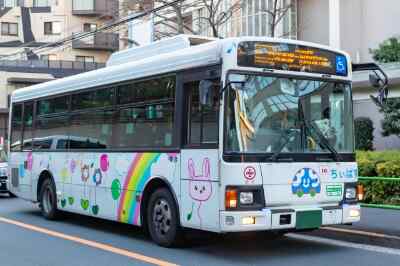
Taxis:
- Convenient Availability: Taxis readily available at major bus stops and can be hailed on the road.
- Clear Communication: Clearly communicate your destination or show the address on your smartphone.
- Congestion Considerations: Like buses, taxis can be slowed down by traffic congestion.
- Fares and Payment: The first kilometer costs a few hundred yen, with late-night surcharges between 10pm and 5am. Payment options include cash, transportation, electronic money, and credit cards (confirmation by taxi recommended).
- Additional Charges: Expect charges for pickups from non-public locations and waiting times. Taxi dispatch apps like GO TAXI and Uber offer convenient alternatives.
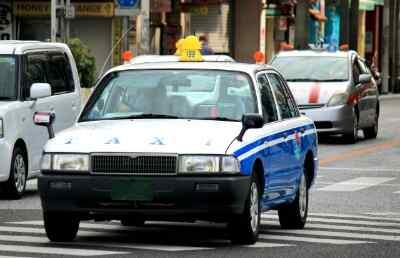
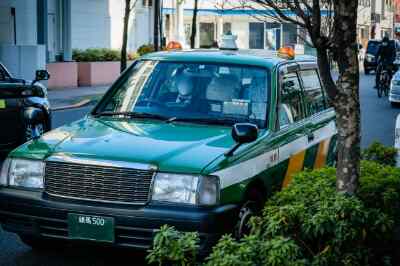
Bullet Trains:
- High-Speed Travel: Bullet trains connect Tokyo to various destinations across Japan.
- Price Considerations: Ticket prices can be significantly higher than airplane fares.
- Crowds and Reservations: Advance reservations are crucial during peak seasons like holidays, as seats fill up quickly.
- Reservation Options: Book tickets online or at JR Midori no Madoguchi counters.
- Shinkansen Variety: Choose between Nozomi (fastest), Hikari, and Kodama trains depending on your destination and desired speed.
- Example Prices: During off-season, a non-reserved seat on the fastest Nozomi train from Tokyo to Osaka takes about 2 hours and costs around 17,000 yen.
- Onboard Enjoyment: Ekiben, delicious boxed meals, are often available for purchase on board, or in the station adding to your travel experience.
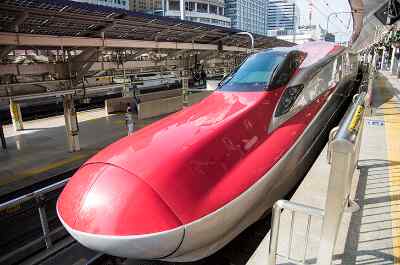
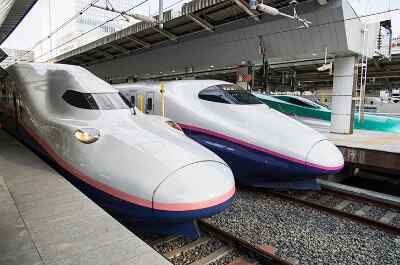
Planes:
- Budget-Friendly Options: Domestic flights primarily depart from Haneda Airport, with several low-cost airlines offering fares as low as 6,000 yen one-way (depending on the season).
- Time Advantage: Flying is generally faster than the Shinkansen, especially for long distances like Hokkaido and Okinawa.
- Online Booking: Ticket reservations are mostly online.
- Low-Cost Considerations: While some low-cost airlines charge service fees, they can offer significant savings for quick travel within a few hours.
- Airport and Reception Desk: Be aware that some low-cost airlines operate from Narita Airport, where the reception desk may be far from the main terminal.
Airline Options:
- Full-Service Carriers: Japan Airlines (JAL) and All Nippon Airways (ANA)
- Low-Cost Carriers: Skymark, Solaseed Air, Peach Aviation, Jetstar, Vanilla Air, Air Asia Japan, and Air Do
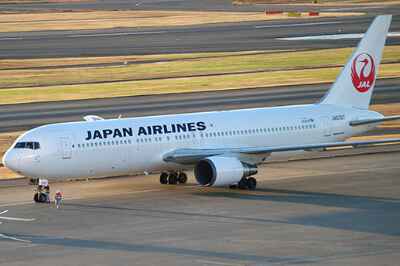
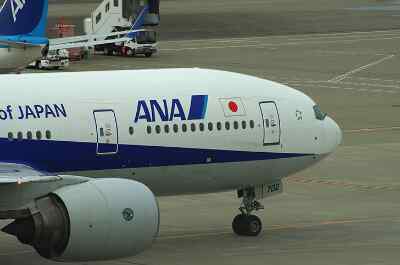
Additional Resources:
Ekinet (Train information) No English
Smart EX (Shinkansen ticket booking) No English

